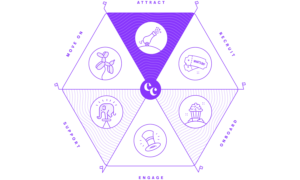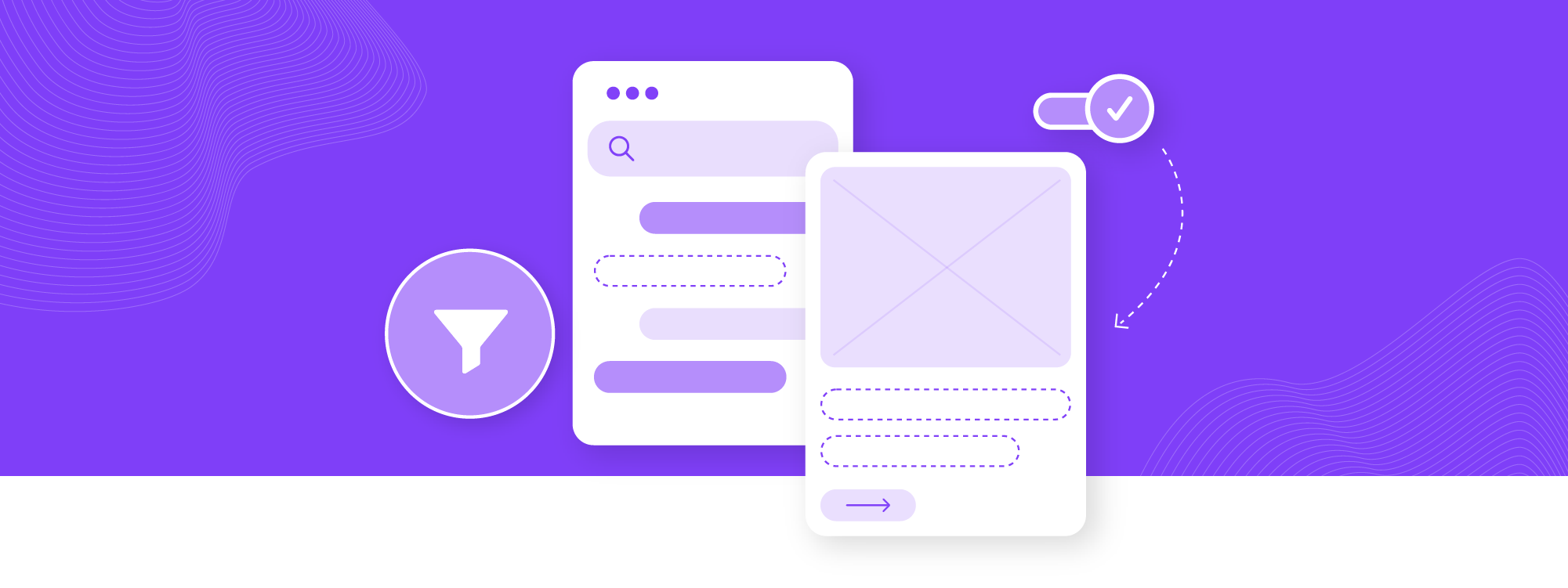All potential employees will want to know certain things about your business and working for you. Some will be more important than others, and different candidates will have different priorities in what they’re seeking from an employer. However you choose to serve up this content, it must be present in one format or other:
- Values
- Behaviours
- Ethics and corporate social responsibility
- Learning and career development
- Training
- Benefits
- Team
- Diversity and inclusion commitment
- People stories
- What happens when you join
Your company’s mission statement, purpose and values are almost always on your corporate site, but should be included on your careers site too. Along with your full benefits package, training and development opportunities. Your policies for diversity and inclusion, holidays, corporate social responsibility and the environment are also increasingly important for some candidates.
People stories sell. But they can be a lot of work to collate. And even more difficult to produce in an engaging way, especially if your employees are remote. But it’s worth investing the time and effort to create these.












